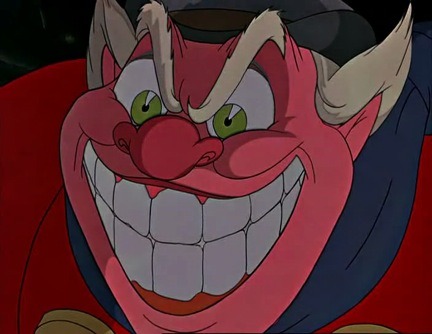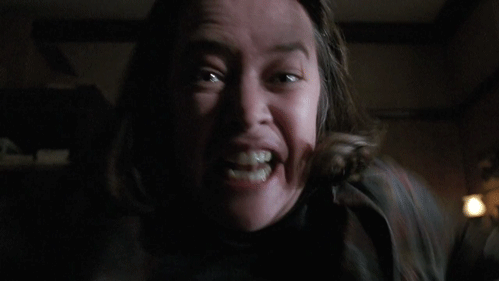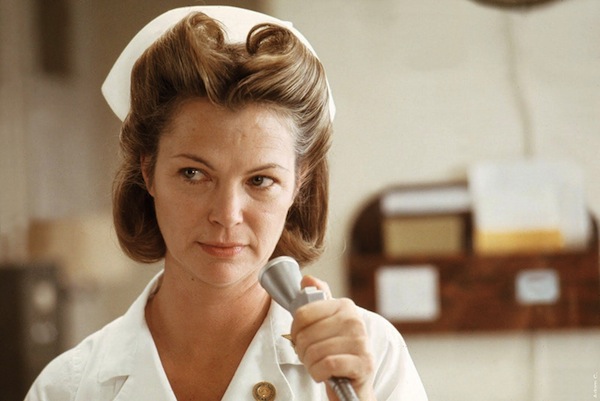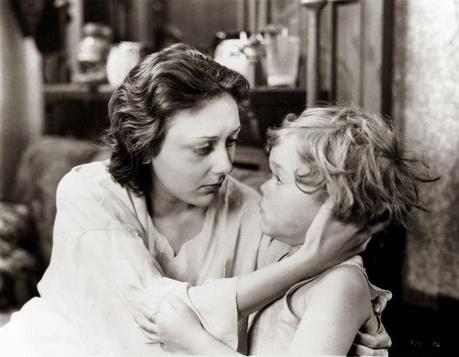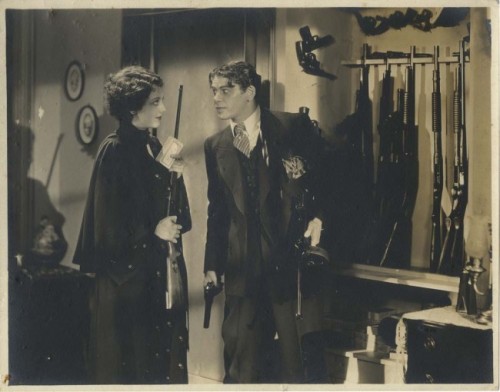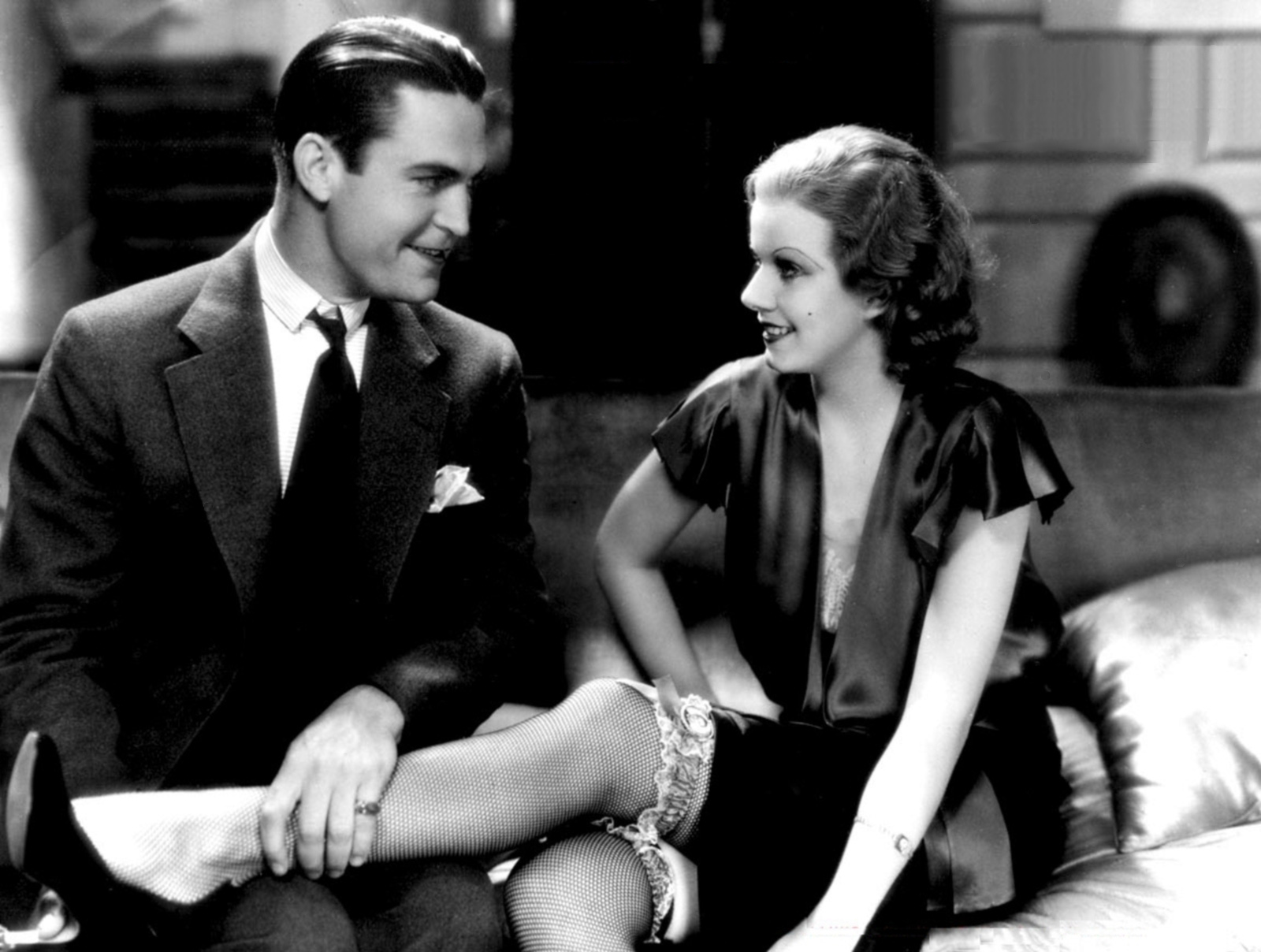Confessions of a Film Junkie: A review of “Blood Lake: Attack of
the Killer Lamprey’s”
By: Brian Cotnoir
Hey Folks, it’s time
to review another film by The Asylum! I
don’t’ know about the rest of you, but now I get excited whenever I get to
review one of the films from the Mock-Buster Kings! So let’s take a look at one of their latest
film releases “Blood Lake: Attack of the Killer Lamprey’s”!
So
the plot to “Blood Lake” is almost identical to the plot from Steven
Speilberg’s “Jaws”, but it was made
on (what seems like) 1/8 the budget of Joe Dante’s “Piranha”...and that’s pretty much all this film is...so yeah...now
that I’ve covered the plot, let’s talk about other things in the film.
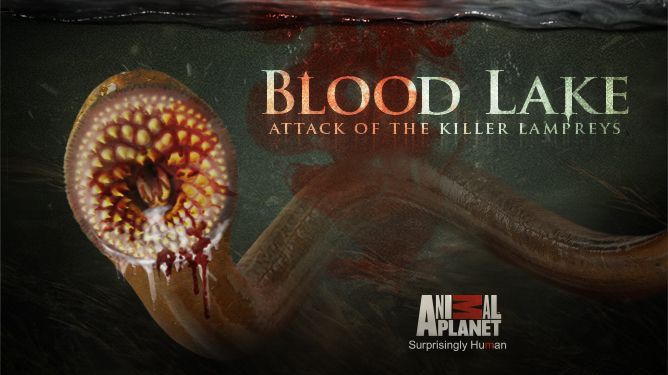 First of all, I fail to see
what’s so terrifying about a lamprey. In fact, I’d never heard of lamprey until
I’ve saw this film, but from what I gathered it’s a type of river eel that
feeds on fish...that’s not really all that frightening. When you compare that to a shark or a piranha
a lamprey just seems like more of a nuisance than a threat. I mean, at least with a piranha what they
lack in size the make up with razor sharp teeth and swarms. Plus, lamprey doesn’t sound like an
intimidating creature name. It sounds more like the name you’d give to a light
fairy or pixie then a bloodthirsty killer animal.
First of all, I fail to see
what’s so terrifying about a lamprey. In fact, I’d never heard of lamprey until
I’ve saw this film, but from what I gathered it’s a type of river eel that
feeds on fish...that’s not really all that frightening. When you compare that to a shark or a piranha
a lamprey just seems like more of a nuisance than a threat. I mean, at least with a piranha what they
lack in size the make up with razor sharp teeth and swarms. Plus, lamprey doesn’t sound like an
intimidating creature name. It sounds more like the name you’d give to a light
fairy or pixie then a bloodthirsty killer animal.  |
| What are you doing Chris? Trying to pull a competent performance out of your a$$? |
The
acting in this film is ranges from poor to desperately poor. The child and teen actors in this film
obviously don’t give anything resembling a competent performance in this film. I’m assuming they just grabbed the random
kids from the town they were filming in and asked if they would like to be in a
Horror film, because I don’t think any of them were given any type of
audition. The character Rich has to be
one of the Worst and most useless characters I’ve ever seen in a film. Rich is played by actor Fred Stoller and not
only does he give one of the Worst Performances I’ve ever seen in a film, but
also the Most Annoying Performance I’ve seen in a film since Michael Jeter in “Drop Zone”. I hated Rich so much that
whenever he was on screen I kept saying to myself “Oh God, I hope this character gets killed off at some point in the film!” That’s how bad a character he truly is! But don’t worry, “Blood Lake” isn’t just a
bunch of no-name and no talented actors on screen, it also features some
well-known actors and actresses as well. Actress Shannon Doherty, plays the
wife or the films protagonist, and Zack Ward (aka Scut Farkus from “A Christmas Story”) has a small role in
the film as well, but the most famous and recognizable character in the film is
Christopher Lloyd, who is pretty much playing the same character as the Mayor
from “Jaws”: he is more concerned
with losing tourist dollars than the risk of losing human life in his towns
waters, he ignores the requests to shut down the beaches to try to quell the situation,
and offers no additional funding or resources that could stop the situation all
together. But what’s most sad about this
is how poorly Christopher Lloyd acts in this film. Whenever, Christopher Lloyd appears in this
film he seems bored, unmotivated, and like he’s not even trying to give a
competent performance. That’s really
saying something because it was only couple years earlier he appeared in
another Mock-Buster style film “Piranha
3-D” and its sequel “Piranha 3DD”. Now nobody thought that “Piranha 3-D” was going to be a good
film, in fact they only real differences between “Piranha 3-D” and “Blood Lake” that I could notice were “Piranha” had better CG and slightly
better actors, and gratuitous amounts of hardcore nudity. Even though “Piranha 3-D” was a bad film, Christopher Lloyd appeared
alert and professional on screen and did his best to give a competent and memorable
performance. When you watch him in “Blood Lake” it’s kind of like watching
Bela Lugosi appear in one of Edward D. Wood Jr.’s films. I was very disappointed with Christopher
Lloyd’s performance.
 |
| Terrible! You're all just terrible!!! |
You
shouldn’t be surprised that “Blood Lake”
is a terrible film, and I’m not just saying it’s terrible only because it was made
and distributed by The Asylum, I’m saying that also because this film was made
as a TV movie for Animal Planet! 1.)
Animal Planet isn’t really the go-to channel for Horror movies. I don’t think they don’t have the same type
of audience that is drawn to Horror films like the Syfy Network or AMC 2.) Who the hell likes Animal Planet that much that they would tune in to watch this
crapfest?! Egad, this is a bad movie
that you should avoid entirely, and I think this go without saying that it will
most likely be a frontrunner for the Splatter! Award for Worst Film of the
Year. So stay tuned for that to see if
it comes true.






